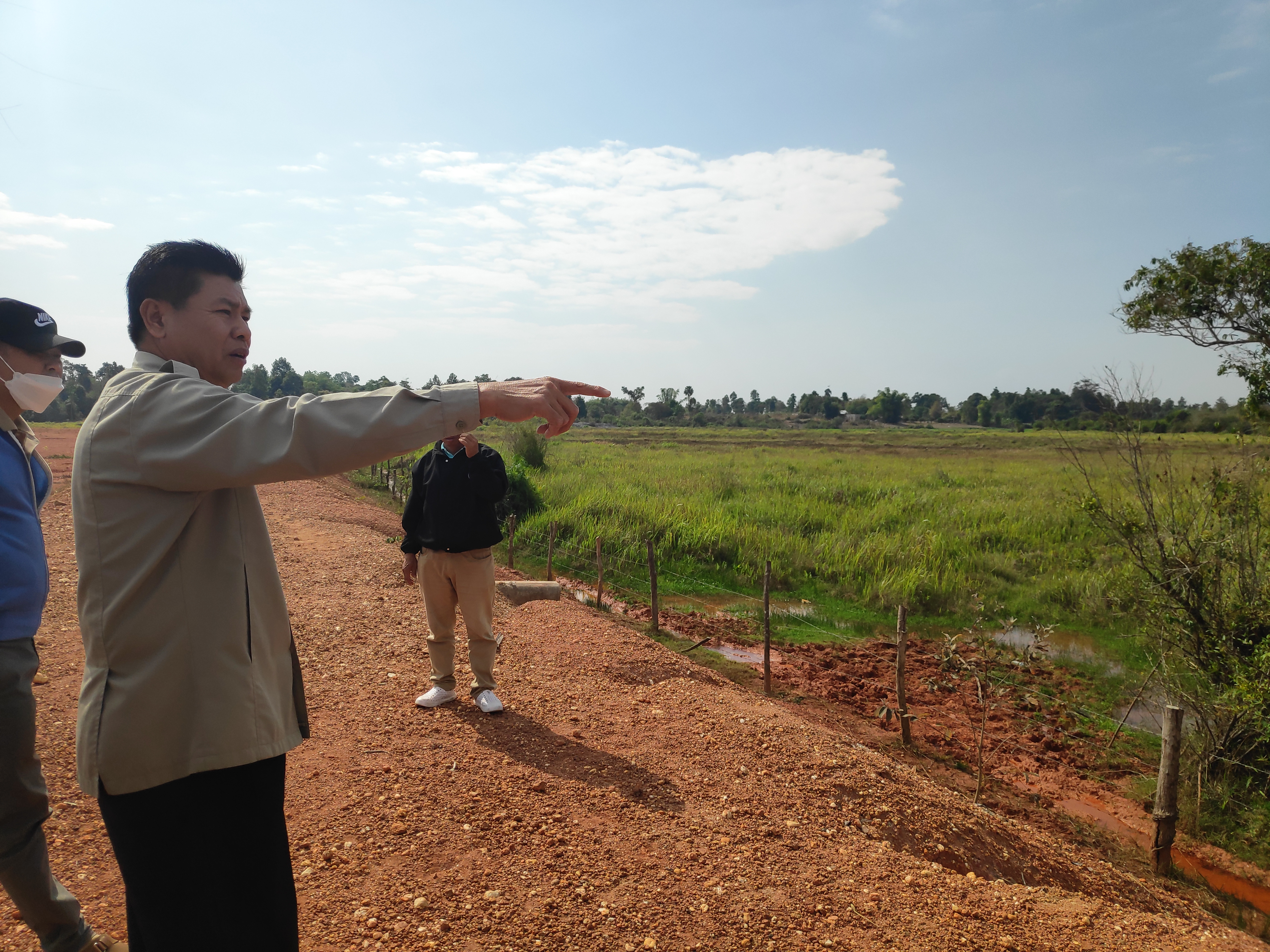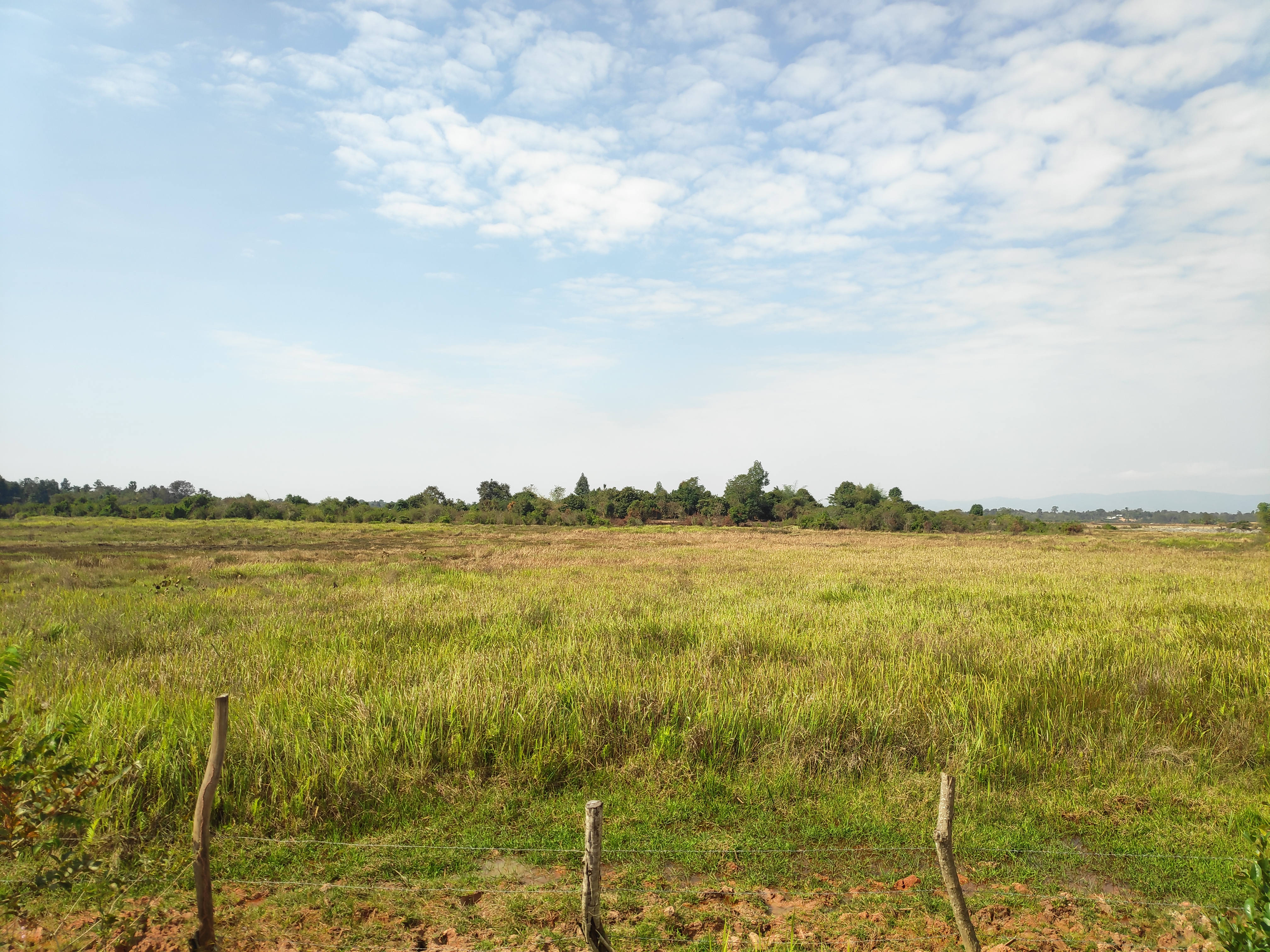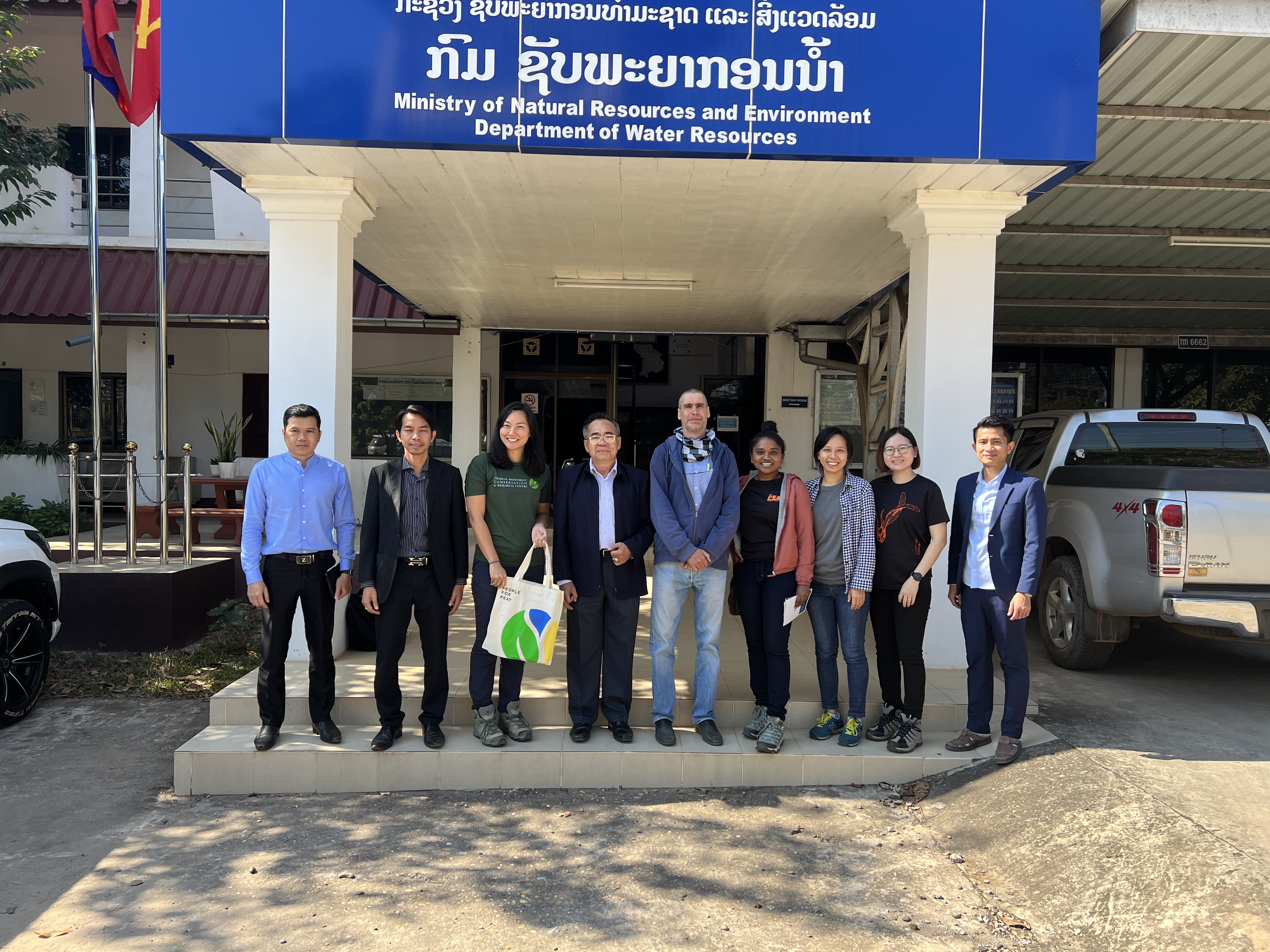Stories
Laos: Nong Youb Peatlands
Mar 22, 2023 by Irene Chooi
The Nong Youb Peatlands in Vientiane Province, Lao PDR are protected by more than the community - they’re shielded by folklore. In the days before people realised the area was a peatland, its mysterious and swampy nature fueled tales of supernatural sightings. 56-year-old Bualian Phommachan, PFP Peat Ranger and headman of NonSavang Village, told us back in the day, children were warned to stay away from Nong Youb. “When I was a child, my friends and I were scared of this place. We thought there were ghosts!” he told us.
The area’s mysterious aura used to keep it safe from encroachers, but no more. “When I was young, there were lots of bamboo here,” Mr Bualian said, gesturing at the peatlands, “but now they’re being harvested faster than they can grow.”

Nong Youb, or Swampy Lake in Laotian, is estimated to be thousands of years old. Recent surveys found peat at depths of up to 4 to 7 metres below the ground surface. While research into the area is still ongoing, what is certain is Nong Youb is an important carbon storage for Lao PDR and the world.
Mr Bualian is one of the people at the helm of efforts to conserve Nong Youb. “Peat Ranger Deployment here was well received, but in general the level of awareness is still low,” he told us, “Peatlands are still very new in Laos. The vocabulary changes between regions so many villagers don’t know about peatlands due to the language barrier.”
While “Beung” or “Bung” is generally accepted to mean “wetlands”, peatlands are so new in Lao PDR that there isn’t a specific word for it. Recently in 2019, the Lao PDR government officially defined peatlands and published a map of these unique ecosystems. Since then, it has ramped up joint efforts with international programmes, such as the IUCN, Mekong Peatlands Project, and EU SUPA to accelerate research. Initial surveys have identified peatlands scattered throughout the country from North to South, but it is estimated to take years of detailed surveying and assessment to confirm the presence of peat.
The largest known peatlands in Lao PDR is the Beung Kiat Ngong RAMSAR site in Champasak province. The peatland area is estimated to be 570 hectares supporting 8 villages. “The area is protected under forestry, water resources, and land law, as well as other regulations,” explained Mr Singthong Phanthamala, Director of the River Basin Management Planning and Development Division of the Lao Water Resources Department, “Other peatlands in Champasak and Vientiane provinces are being demarcated and management regulations are being developed to protect peatland resources and ecosystems.”

There are also ongoing initiatives to raise awareness about the importance of conserving these essential ecosystem service providers, but there is still a way to go. In Nong Youb, encroachment for livelihoods is a concern. “Most of this area is still intact, but there has been intentional and unintentional drainage for agriculture,” said Mr Bualian, “People also burn the land to catch rats and so on. In fact, there was a fire here just two days ago! It took us 10 hours to extinguish it.”
The approach to conserving Lao PDR’s peatlands is also unique. While there is an emphasis on living in harmony with and on peatlands in Indonesia, Thailand, Cambodia, and other Southeast Asian countries, the sentiment in Laos is that keeping people out is the best approach. Phingsaliao Sithiengtham, a Technical Official with the Lao Department of Water Resources told us helping villagers achieve sustainable livelihoods outside of peatlands can reduce their encroachment on these critical carbon stores.

The Department of Water Resources under MONRE works closely with international programmes to advance research and raise awareness
Mr Bualian believes this can be done by setting up a Social Fund to help locals start their own small businesses so they don’t harm the peatlands. Similar actions have been taken across Southeast Asia, where peatland communities start their own initiatives or businesses focusing on the sustainable usage of peatlands. For example, Philippines-based PFP Business Hub cohort member, The Peat @ Wild Wild Pigs is a peatland farm that practices ecotourism and provides alternative livelihood options to their neighbours. In Indonesia, fellow Business Hub cohort member, Pesona Kalbar Hijau, helps communities make a sustainable living on peatlands by working with Non-Timber Forest Products (NTFPs) such as honey.
In the case of Laos, the focus so far is on avoiding the degradation of peatlands through land conversion or illegally harvesting NTFPs. That’s why Mr Bualian believes it’s important to ensure Laotians have the means to provide for themselves, “People have no choice but to encroach if they don’t have livelihood options. We have to make sure they can live sustainably. We have to make sure they can feed themselves. Only then can we keep peatlands safe.”